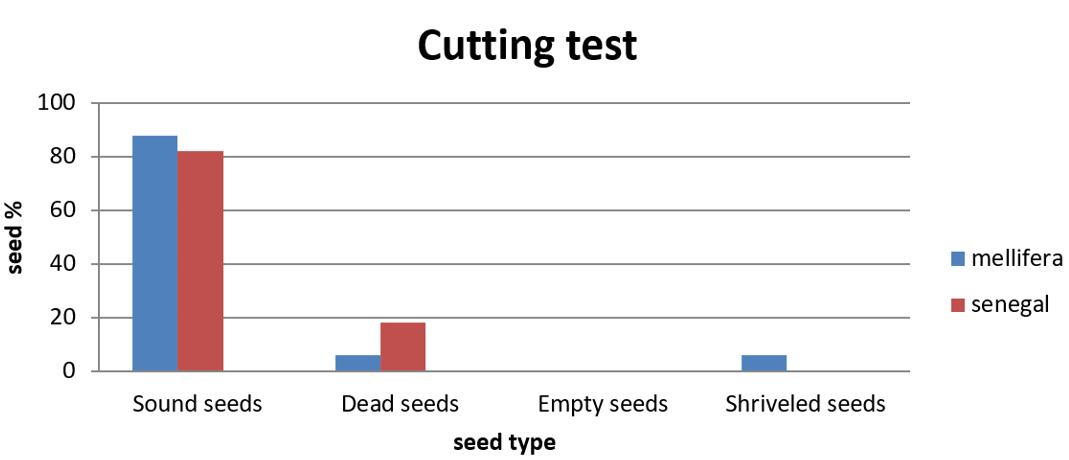The Use of Seed Vigour Tests for Predicting Field Emergence
In Acacia Senegal and Acacia Mellifera
Abstract
The general aim of this study was to address the problem of seed vigour testing in Acacia senegal and Acacia mellifera) by studying different seed vigour tests and comparing them to identify the most suitable test for each species. The importance of this study lies in the fact that vigour testing measures the percentage of viable seeds in a sample as well as their ability to produce normal seedlings under less than optimum or adverse growing conditions, similar to those occurring in the field. To achieve this objective, a set of laboratory and field tests were conducted for the two Acacia species. Data collected included: The number of seeds per kilogram, germination percentage, seedling shoot length, seedling root length, seedling root wet and dry weight, seedling shoot wet and dry weight. The cutting test, electrical conductivity tetrazolium test and Hiltner test were employed to determine the seed vigour.
The results showed that Acacia mellifera had a high electrical conductivity, indicating its low seed vigour. The electrical conductivity of Acacia senegal was equivalent to that of distilled water, indicating that either the seed coat was intact or no ions were leached from the seeds. Comparison of the various tests suggests that Hiltner test is the most accurate” or “reliable”) test for seed vigor.


This work is licensed under a Creative Commons Attribution 4.0 International License.
Copyright for this article is retained by the author(s), with first publication rights granted to the journal.
This is an open-access article distributed under the terms and conditions of the Creative Commons Attribution license (http://creativecommons.org/licenses/by/4.0/).








1.png)














